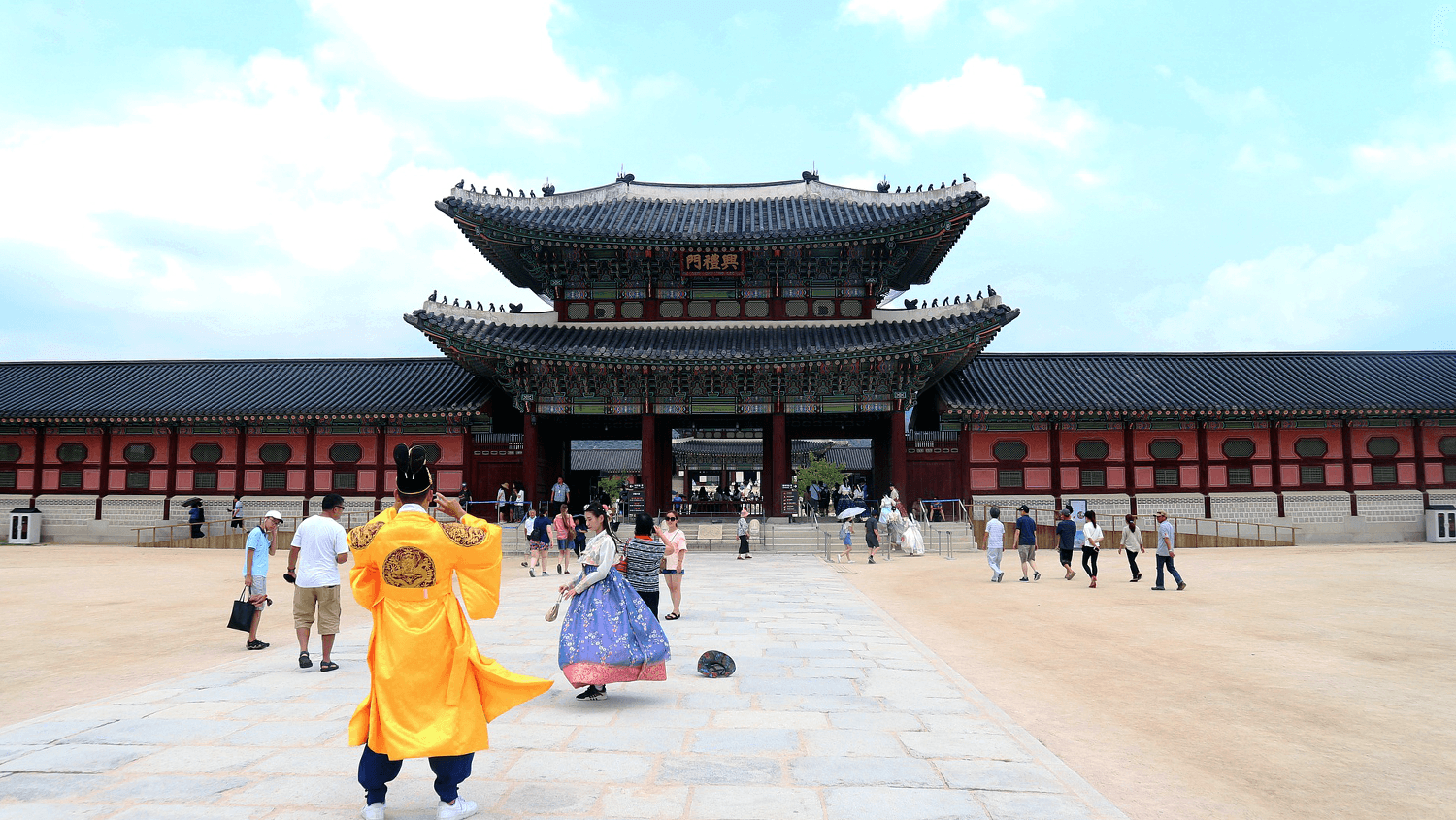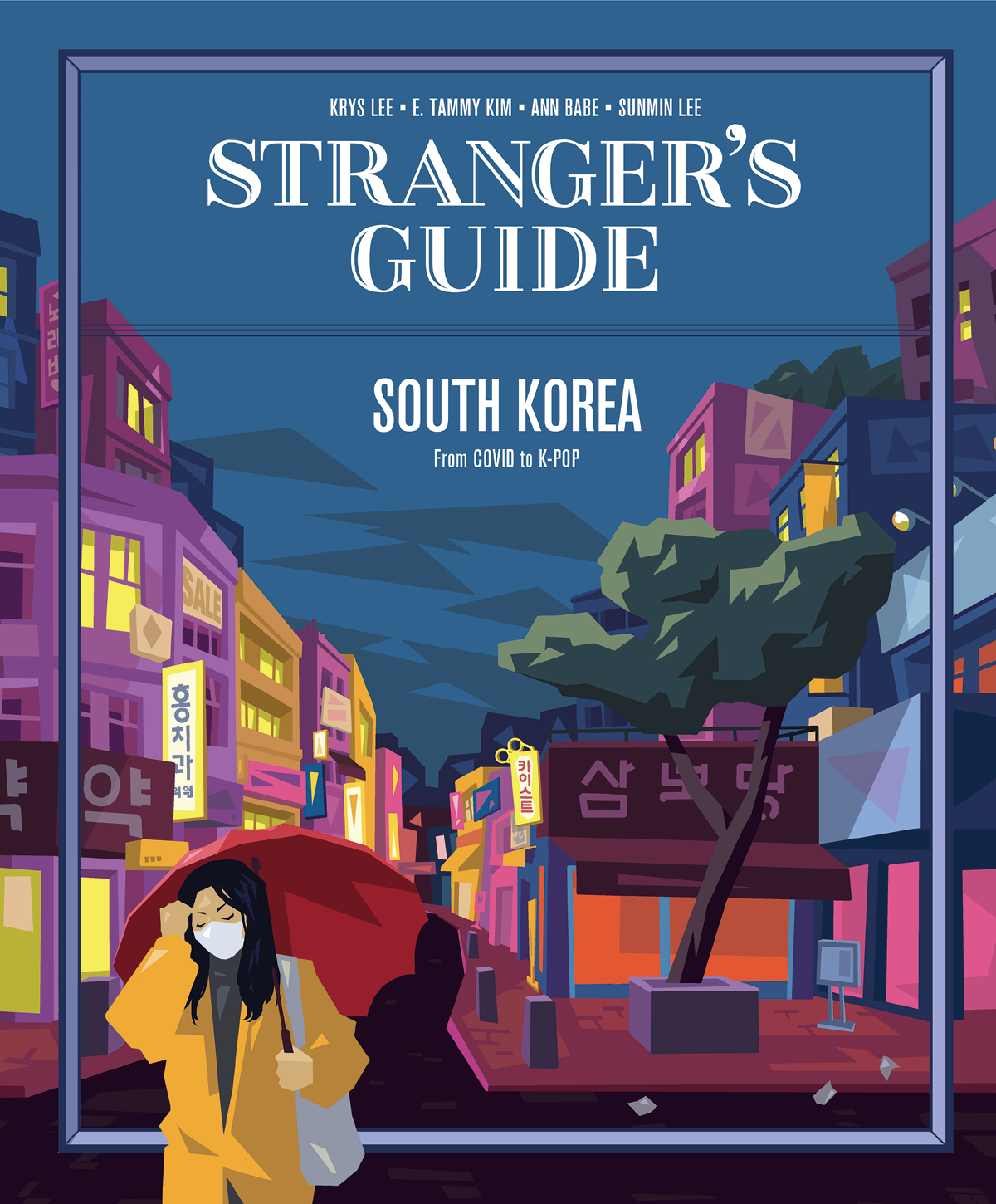In late February, I was at my parents’ house in the Seattle area, when what had been dismissed as an Asian affliction spread quickly through a nearby nursing home. Though we had followed the progression of the coronavirus in South Korea through Korean-language news and text messages and calls with extended family, it was now a local concern. And by the time I returned to New York—in mid-March, on a near-empty flight—the epicenter of the pandemic in the US traveled with me. Unlike SARS in 2003 or MERS in 2015, COVID-19 was of truly global, pandemic proportions.
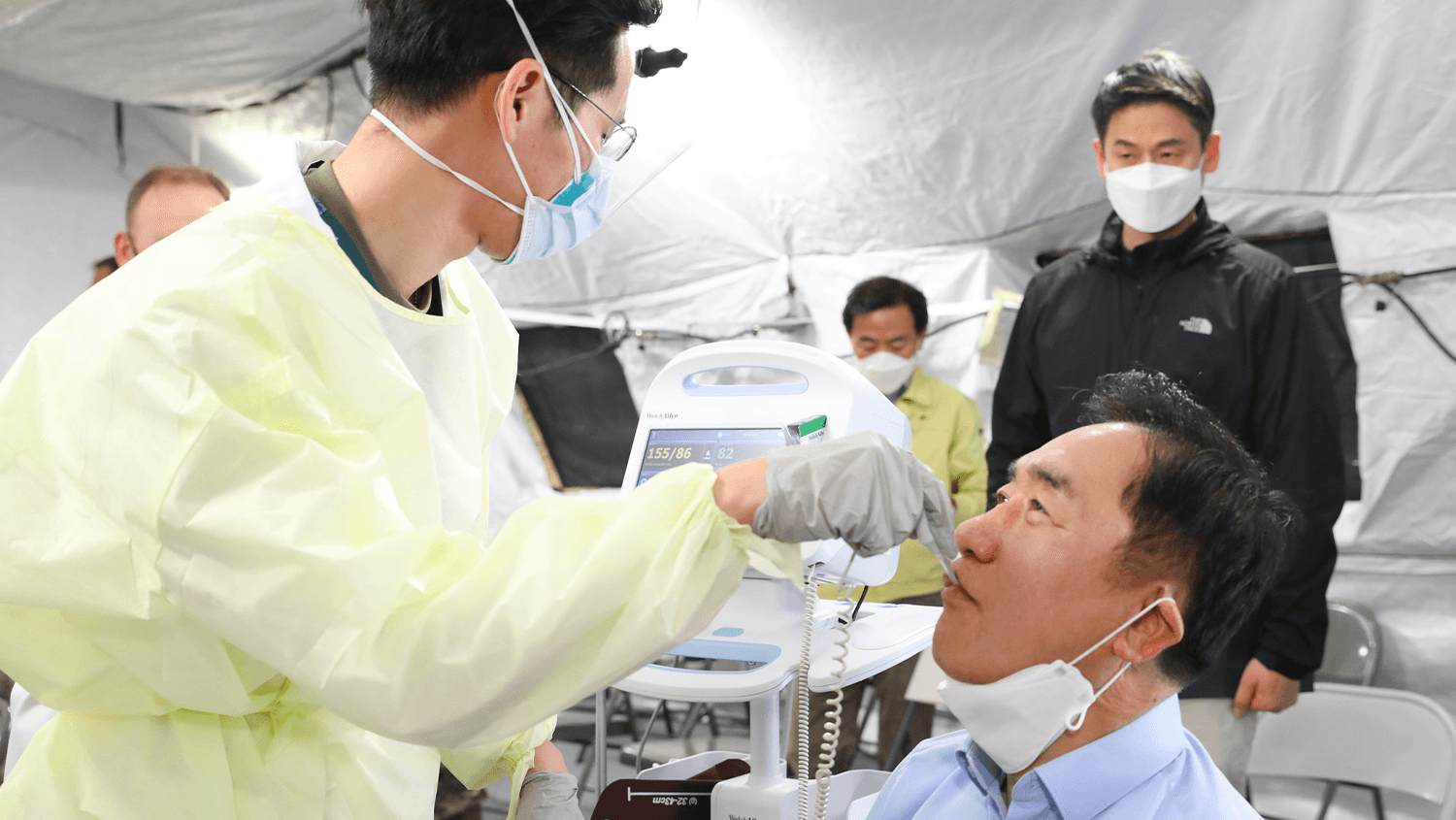
Quite suddenly, the US turned its willful ignorance of public health in Asia into a fetishistic preoccupation with South Korea, where the coronavirus was trending downward along a flattened curve. The virus had reached South Korea in early February and spread with alarming efficiency in the southeastern city of Daegu, due in part to a Christian sect that flouted social-distancing rules. But in short order, the government response—field hospitals, quarantines, quick deployment of health care workers to affected areas, widespread testing, nationalized mask production and distribution and detailed “contact-tracing” of infected persons—sharply reduced the number of infections and deaths and forestalled the need for a complete lockdown.
Western media began to characterize South Korea, on the one hand, as an ingenious welfare state that had carried out a strategy of “test, trace and treat” and, on the other, as an authoritarian surveillance state populated by Confucian sheep. As COVID-19 morphed into a plague in New York and Detroit and the US economy collapsed, the kinder interpretation of Seoul seemed to prevail. Coronavirus stories from Korea (and Taiwan and Singapore)—of universal healthcare and drive-through testing—became a kind of “functional- government porn,” a friend quipped.
I came to Korea last Saturday, and I’m in a government-run, police-controlled quarantine for two weeks. As a Korean American without a work visa or permanent residency in Korea, I’m required to stay here. It’s not a five-star hotel, but I have absolutely no complaints. (Except all the meals have been dosirak [bento box] from 7/11. lol).
On a video call, he swung his laptop around to show me his austere cell in the city of Asan, replete with private bathroom and veranda. The Korean government charged him the equivalent of $100 per day to stay there, a fee that included breakfast, lunch and dinner in plastic containers dropped off by workers in hazmat suits.
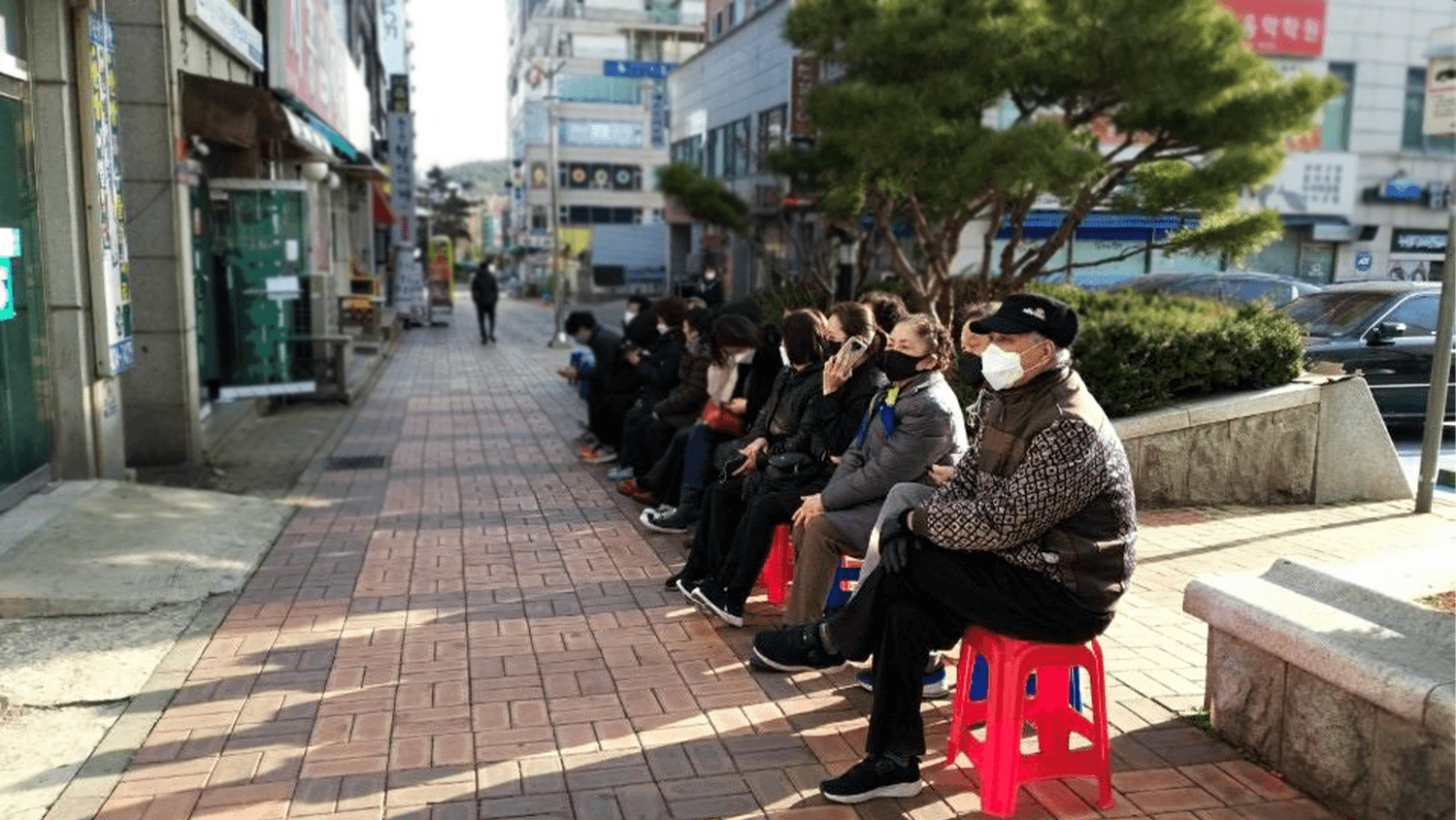
After the 14 days were up, my friend went to stay with his relatives. He texted me photos of Seoul: an empty café in the Anguk neighborhood; a mostly empty sidewalk; blue skies, sunshine and the deepening green of spring foliage. “Things are back to normal,” he wrote, “more or less.” In Korea, he could be with family, access cheap healthcare and walk around town, free from racist taunts. “I might move back permanently,” he told me.
It’s crude to say so, but the pandemic has been good for South Korea—its image and central government, that is. Like all small nations, South Korea has always craved the approval of world powers, especially the United States, its long-time sponsor and former occupier. Soaked in a warm bath of Western praise, Moon Jae-in, the South Korean president, watched his approval ratings rise, and on April 15, his liberal Democratic party won a majority of seats in a midterm election. The vote itself became the object of international acclaim: it was the first national election of the coronavirus era, held safely and peacefully and with record turnout. By late April, South Korea’s daily count of new local transmissions was down to zero.
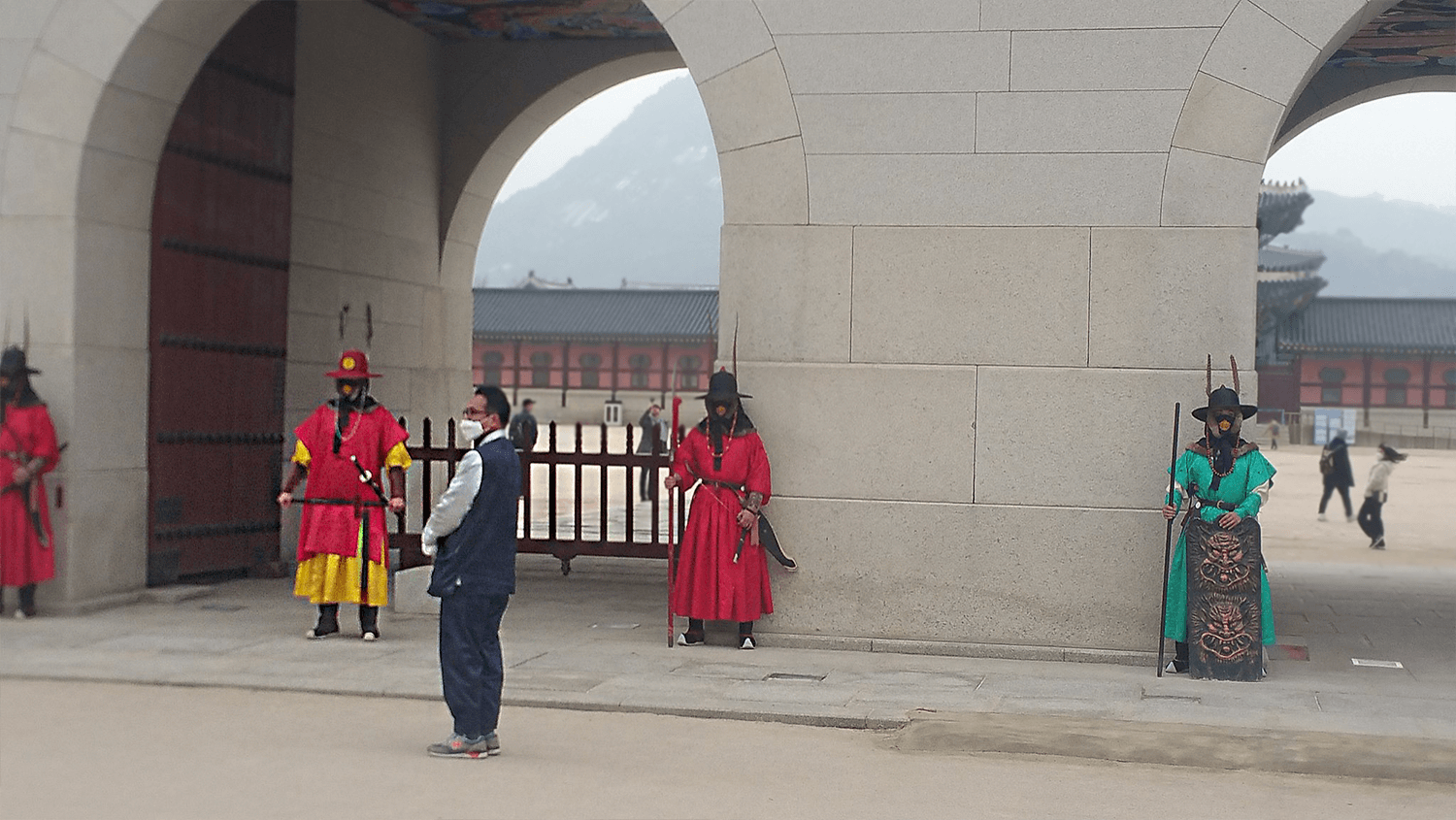
I wonder what an older generation of Korean American immigrants to the US, whose relocations were made possible by the Immigration and Nationality Act of 1965, is thinking now, as the US cracks open. The South Korea my parents left behind in the late 1970s was still recovering from civil war, a developing country under military dictatorship. But over the four intervening decades, the South Korean democracy has continued to mature—if unsteadily and unevenly—while the US has slowly abandoned the idea of the public good.
If the first monument, or testament, to South Korean capitalist modernity was the Seoul Olympics of 1988, then what might the nation’s pandemic response come to stand for? It will perhaps be the moment that the West was forced to see its liberalism best practiced in the East.
